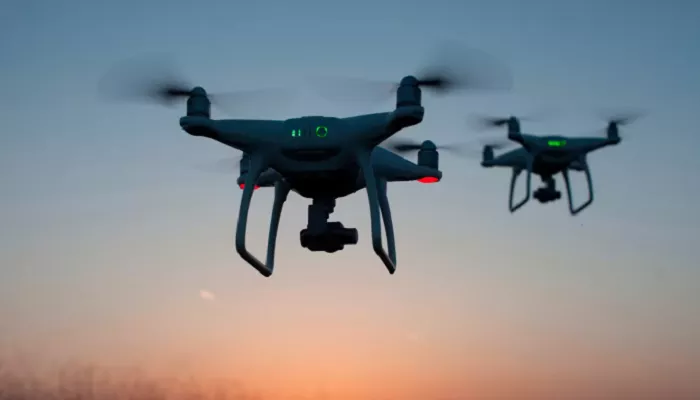Foreign drone makers are facing steep price increases for Chinese components as Beijing tightens controls on critical drone parts, industry sources say. The spike comes amid ongoing trade tensions with the United States and increased enforcement of export restrictions by Chinese authorities.
At the recent Shenzhen Unmanned Aerial Systems Expo, suppliers and intermediaries said they have doubled prices for foreign clients who now struggle to find alternative sources. China is enforcing stricter rules on parts that could have military use, as the global drone market—valued at nearly $41 billion—plays an increasingly strategic role in conflicts from Ukraine to the Middle East.
Beijing has introduced tighter regulations to curb the use of Chinese drone technology in combat. Exporters are now required to apply for special licenses that are hard to obtain, especially for smaller companies exporting in low volumes.
Over the past year, the Chinese government has expanded the list of controlled drone technologies. Manufacturers say enforcement became even stricter in recent months, following threats from former U.S. President Donald Trump to raise tariffs on Chinese goods.
These restrictions affect components with both civilian and military uses, such as thermal imaging cameras, sensors, propellers, and flight controllers. China currently produces 70% to 80% of the world’s commercial drones and dominates the market for these essential parts, according to Drone Industry Insights.
One Turkish drone manufacturer said it now relies on costly and unreliable freight forwarders to secure needed parts. “Last month, air delivery cost $2,000. Now they want almost $3,500,” a company representative said.
A French buyer producing surveillance drones for military use said he remains highly dependent on Chinese components. “European producers are at least three years behind China,” he noted. Thermal camera prices have doubled, he added, because suppliers “take more risks” to avoid Chinese export controls.
Freight forwarders sometimes offer workarounds, but they often ask buyers to pay in Chinese renminbi and sign customs declarations under their own names—exposing buyers to potential legal trouble. “It’s almost impossible now,” the French buyer said, adding that he has not found viable alternatives in countries like Vietnam.
At the Shenzhen expo, sales agents handed out business cards advertising “sensitive goods shipment” services and imitation drone brands, specifically targeting customers in the U.S., Europe, and the Middle East.
Khalil Esterhamlari, director of the Shenzhen-based China Iran Innovation and Cooperation Centre, said he had to cancel plans to help Iranian clients buy firefighting drones due to strict customs checks. “Now we can only export agricultural drones,” he said.
Many Chinese manufacturers expressed frustration that the export controls are limiting their ability to grow internationally. Several sourcing agents said they don’t understand why makers of larger drones even try to promote their products to overseas buyers.
Zhao Yan, a representative of Shanxi Xitou UAV Intelligent Manufacturing, a state-owned drone exporter, said the ultimate use of a drone depends on the buyer. “We produce drones for legal purposes, like cutting vegetables with a kitchen knife. But once it’s sold, we can’t control how it’s used,” he said.
China’s Ministry of Commerce has not commented on the matter.


